-83%
Comprehensive Guide to Emergency and Critical Care Procedures for Small Animals: Advanced Monitoring and Techniques
The Cardiovascular System
- Venous Compartment Catheterization:
-
Understand the proper positioning and technique for inserting a catheter into the jugular or cephalic vein.
-
Arterial Puncture and Catheterization:
-
Master the steps for performing an arterial puncture and catheterization for blood pressure monitoring and sampling.
-
Cardiac Veterinary Point-of-Care Ultrasound (VPOCUS):
-
Learn the principles and techniques of cardiac VPOCUS to assess cardiac function and abnormalities.
-
Principles of Electrocardiography:
-
Comprehend the basics of electrocardiography, including electrode placement, waveform interpretation, and recognition of arrhythmias.
-
Electrocardiogram Interpretation:
- Develop proficiency in interpreting electrocardiograms to identify and diagnose various cardiac conditions.
The Respiratory System
- Oxygen Therapy:
-
Understand the indications, methods, and monitoring of oxygen supplementation in respiratory emergencies.
-
Pulse Oximetry and CO-Oximetry:
-
Master the techniques for assessing oxygen saturation and carboxyhemoglobin levels using pulse oximetry and CO-oximetry.
-
Blood Gas Analysis:
-
Interpret the results of arterial and venous blood gas analysis to evaluate respiratory function and acid-base balance.
-
Pleural Space and Lung VPOCUS:
-
Utilize pleural space and lung VPOCUS to diagnose and manage pleural effusions, pneumothorax, and pulmonary abnormalities.
-
Tracheal Intubation:
-
Acquire expertise in performing tracheal intubation for respiratory support and mechanical ventilation.
-
Temporary Tracheostomy:
- Understand the indications and procedure for performing a temporary tracheostomy in critical respiratory situations.
The Urinary and Abdominal Systems
- Urethral Catheterization:
-
Master the techniques for inserting and managing urinary catheters to monitor fluid balance and collect urine samples.
-
Abdominal VPOCUS:
-
Utilize abdominal VPOCUS to diagnose and manage abdominal diseases, including fluid accumulation, gastrointestinal abnormalities, and hepatobiliary disease.
-
Peritoneal Dialysis:
-
Understand the principles and procedures of peritoneal dialysis for temporary renal replacement therapy.
-
Technical Management of Hemodialysis Patients:
-
Learn the technical aspects of managing hemodialysis patients, including fistula care, blood volume monitoring, and anticoagulation.
-
Peritoneal Evaluation:
- Utilize diagnostic techniques, such as peritoneal fluid analysis and paracentesis, to assess peritoneal disorders.
Transfusion Medicine
- Blood Banking:
-
Understand the principles and procedures of veterinary blood banking, including blood collection, storage, and transfusion.
-
Blood Typing:
-
Master the techniques for determining blood type compatibility in dogs and cats.
-
Cross-Matching:
-
Perform cross-matching procedures to ensure compatibility before blood transfusion.
-
Administration of Blood and Other Biological Products:
- Understand the indications, protocols, and monitoring for administering blood products, including whole blood, packed red blood cells, and plasma.
maybe you like these too:
- Treatment of Peritoneal Surface Malignancies, An Issue of Surgical Oncology Clinics, 1e (The Clinics: Surgery)
- AABB Virtual Annual Meeting 2020 (Videos)
- OHIO ACEP Emergency Medicine Board Review (5 day) and EM Review RedefinED (2 day) Courses Resident Combo 2020 (Videos)
- Adult ECLS Course – Innovative ECMO Concepts (Complete Contents)

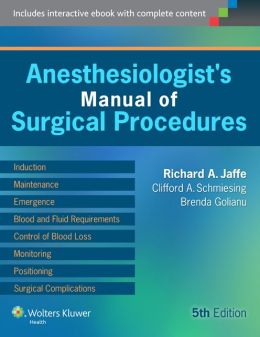

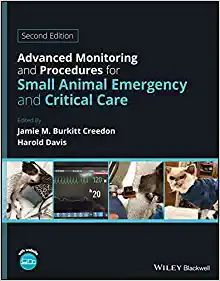

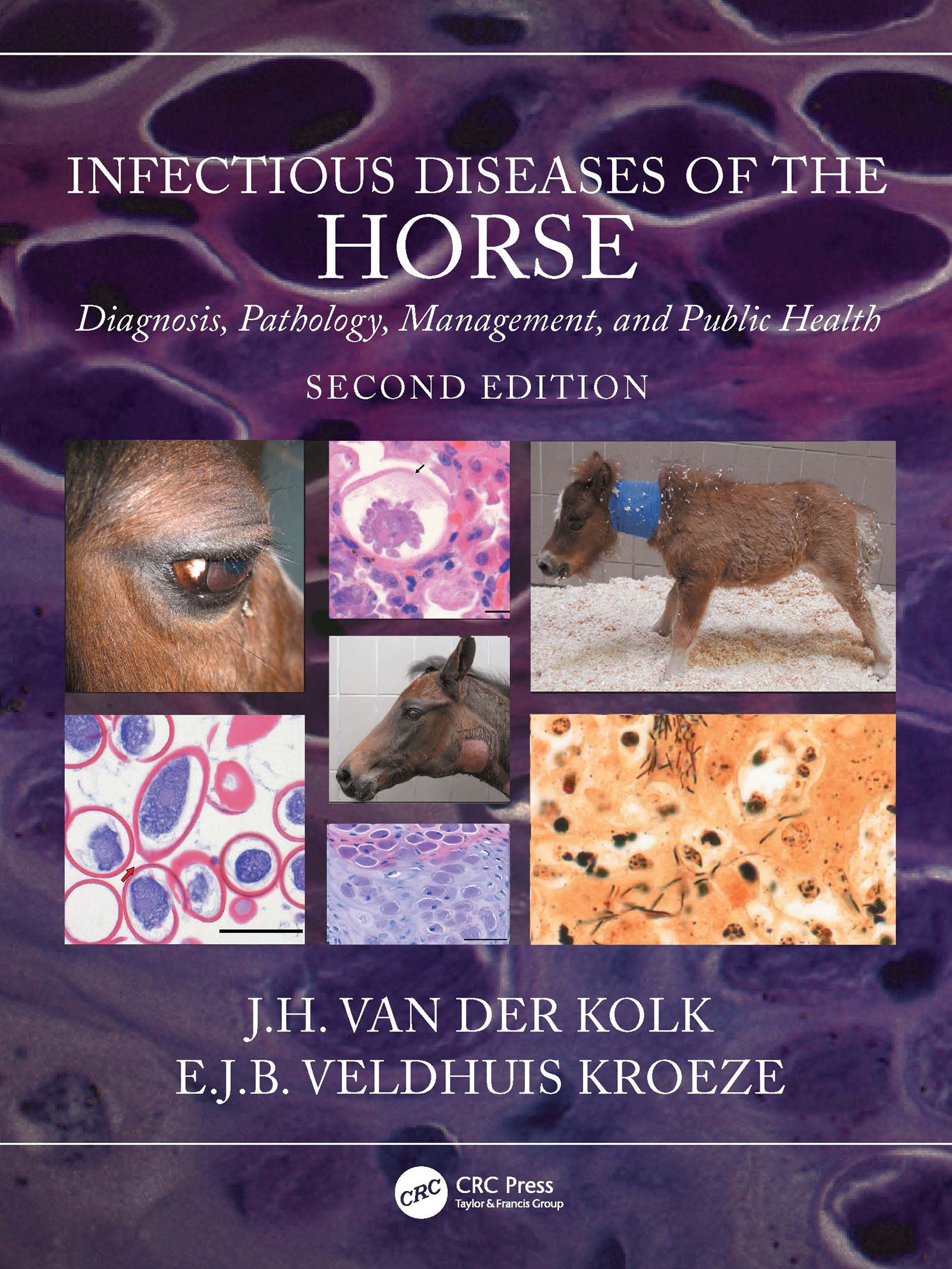
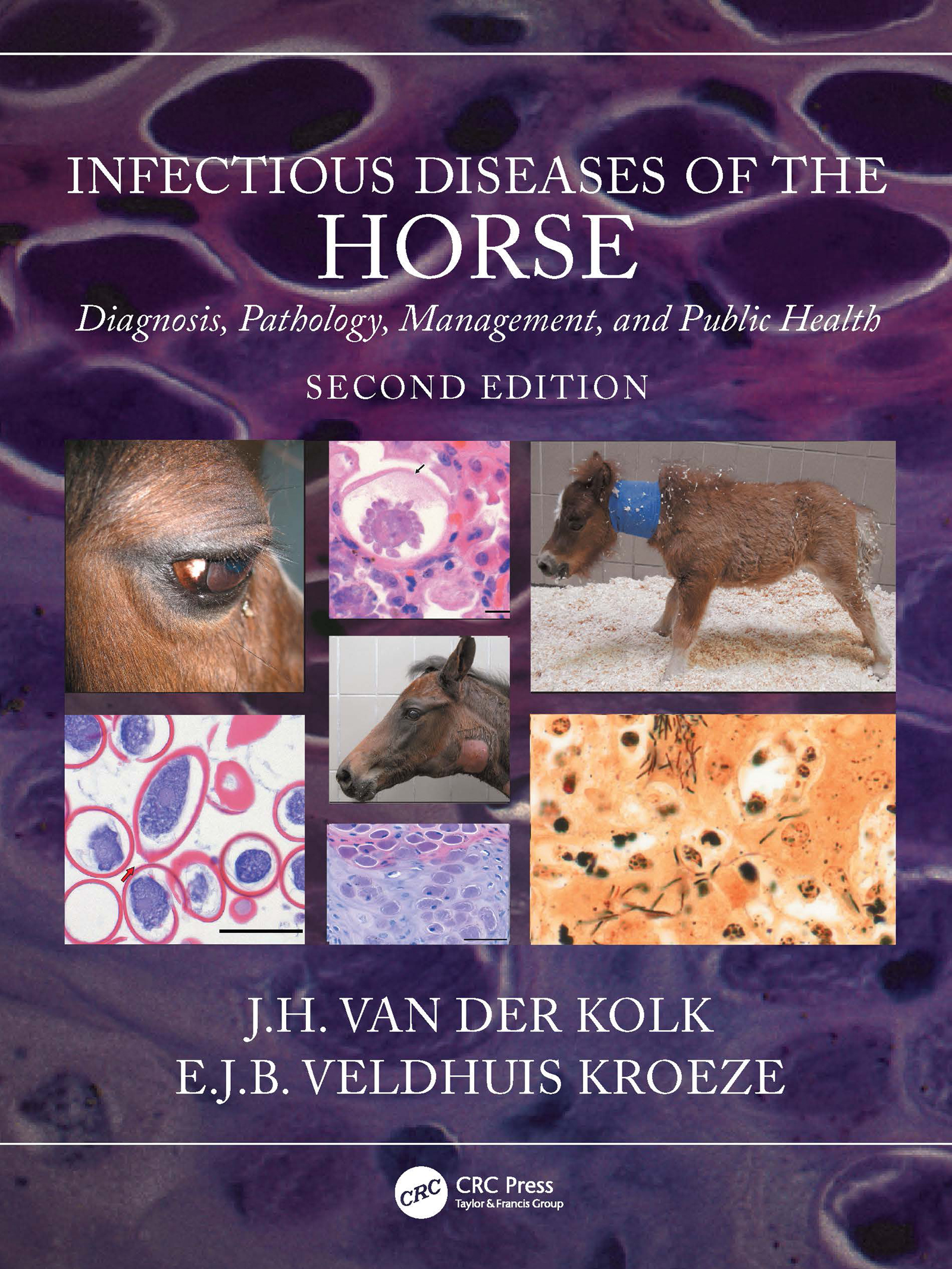
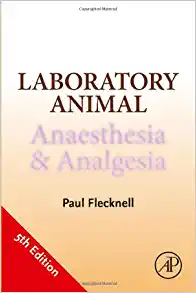


Reviews
Clear filtersThere are no reviews yet.